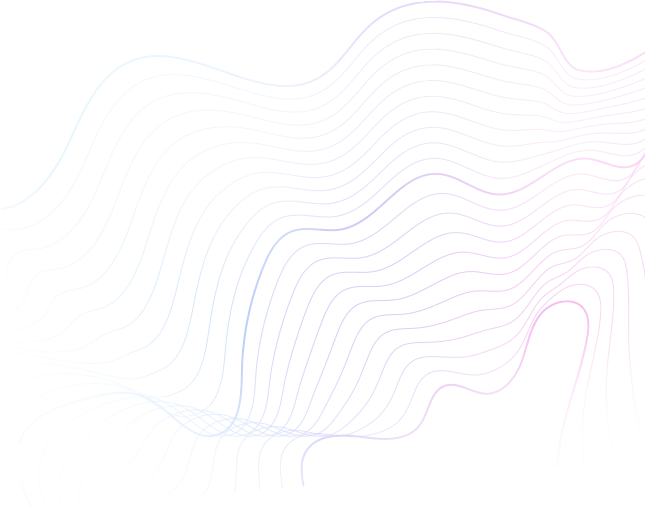About this Course
Instructor
Learning Objectives
Sponsors
Quick Links
Webinar Description:
The popularity of brachycephalic breeds around the world has soared, and their accompanying upper airway issues can be challenging to manage. This talk discusses the surgical techniques that are indicated following accurate characterization and grading of the upper airway. Different techniques for addressing the nares, the palate, tonsils, cuneiform processes, epiglottic cartilage, piriform recess and laryngeal ventricles will be described. The immediate post-operative and final outcome of any surgical intervention on the upper airway is dependent not only on the surgical procedures, but also on optimal pre-, intra- and post-operative care. This talk will cover preparation of the patient including drug selection to minimize reflux, and intra-operative techniques to minimize swelling and regurgitation/aspiration. It will also discuss what post-operative management can be performed in all cases, to mitigate complications.
Webinar Agenda:
- Breeding for a flat face and foreshortened skull has resulted in the brachycephalic breeds having a plethora of primary anatomical abnormalities that compromise their ability to breathe.
- Primary anatomic abnormalities include a thickened and poorly developed nasal planum and cartilages leading to stenotic nares, excessive nasal and nasopharyngeal chonchae and thickened submucosae with excessive mucus production, an overlong and sometimes thickened soft palate, macroglossia, and tracheal hypoplasia.
- Secondary changes resulting from turbulent and restricted airflow include edema, inflammation and stretching of the pharyngeal and laryngeal tissues, dynamic dorsal phayrngeal wall collapse, cardiac and bronchial changes, and eventually advanced laryngeal collapse.
- Emergency treatment of the decompensating brachycephalic includes IV access, fluids, oxygen, cooling, possibly sedation and being prepared for temporary tracheostomy.
- Surgical technique should be accurate and meticulous, and interventions include various rhinoplasties, palatoplasties and sometimes tonsillectomy, ventriculectomy, cuneiformectomy.
- Post-operative complications will be discussed. Peri- and post-operative procedures can mitigate post-operative complications. These include appropriate antacid and anti-reflux medications, suctioning of the esophagus and pharyngeal packing with mannitol-soaked sponges.




